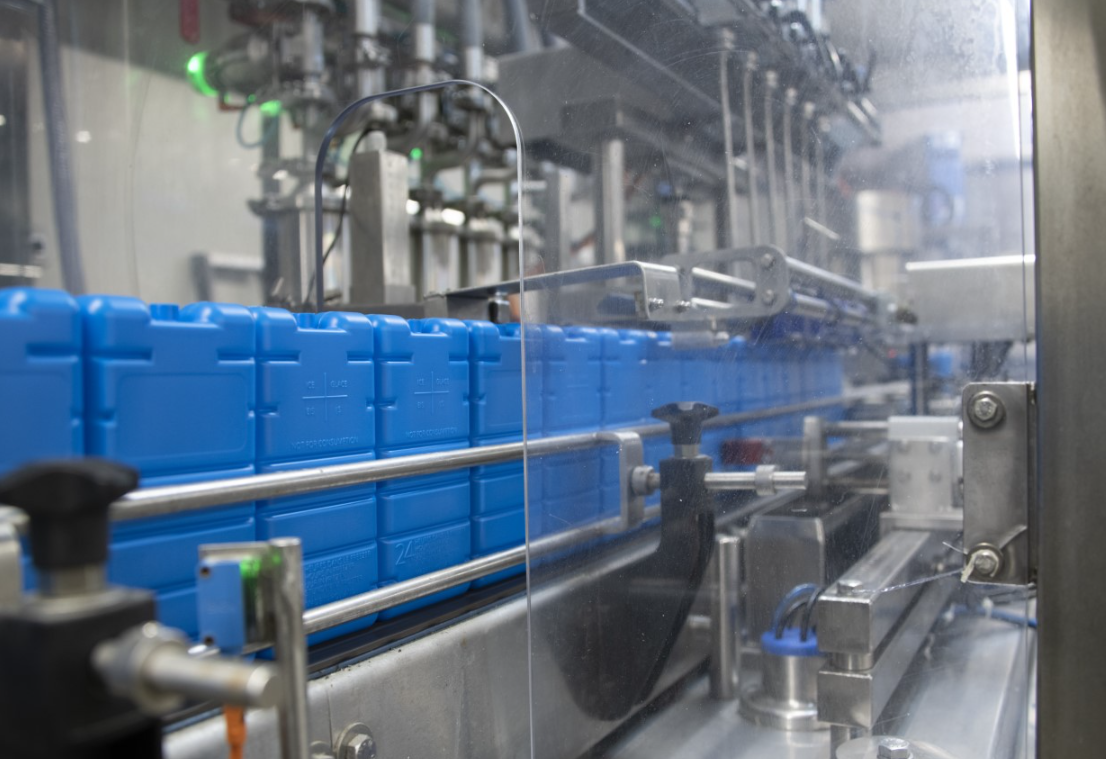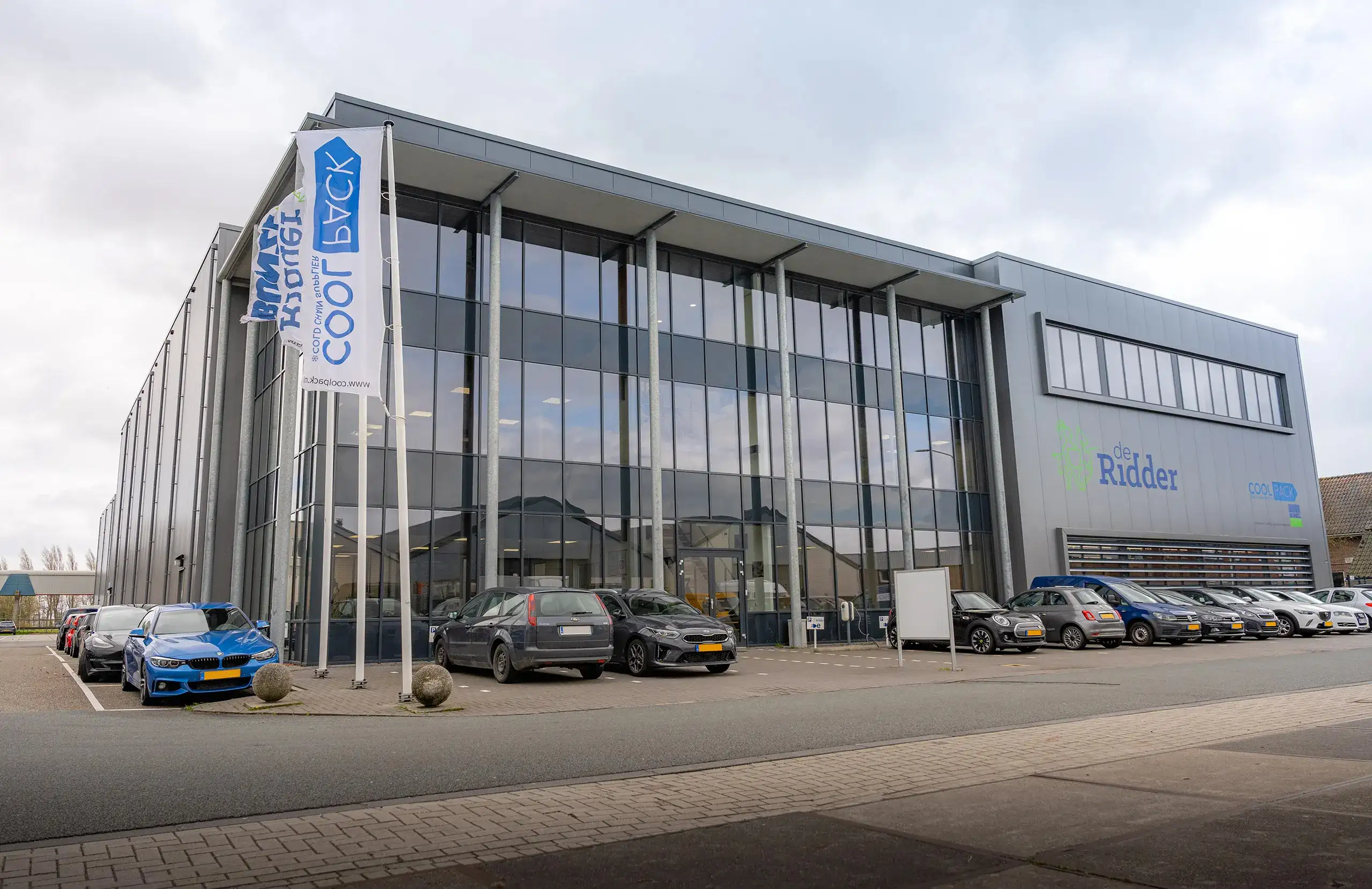Rising fossil energy prices lead to an increasing demand for energy-saving solutions. Did you know, for example, that due to climate fluctuations we use considerably more energy for cooling or stabilizing the temperature in a room? With this article we want to explain in simple language, based on science, exactly how Phase Change Material and Thermal Energy Storage work and why you can save a lot of energy with this. Just keep reading!


The scientific term for the storage of heat and cold – so that it can be used at a later time – is called Thermal Energy Storage, abbreviated as TES.
We can distinguish three basic effects when talking about thermal energy storage.
When changing the phase of a material, we can be talking about the melting of ice to water or the evaporation of water to gas. Materials that can store a significant amount of heat during this phase change – and therefore do not change temperature until the phase change is complete – are called Phase Change Material or latent heat storage material.
At Coolpack we specialize in Phase Change Material: material that can change phase and remains stable at one temperature for the longest time during this phase change. You can see exactly how that works in the video below. PCM is a collective name: it can include many materials and recipes. And it has a lot to do with the concept of ‘thermal energy storage’.
Phase Change Materials (PCM) are materials that can change phase: from solid to liquid to gas. Think of water, which changes from the liquid form to the solid form (ice) below 0 °C and evaporates above 100 °C. During melting, ice absorbs energy and remains at a constant temperature of 0 °C until completely melted. The reverse process is the freezing of water: energy is released and the water takes the solid form of ice. Also during this process, the energy storage around the solidification point is highest and the temperature is stable for the longest time.
Where ice cream has a melting and freezing point of 0 °C, we can make cooling gels and freezing gels within a range of -65 °C to +89 °C through an adapted recipe. When choosing a PCM type, we recommend that you choose a recipe with the solidification and melting point as close as possible to your ideal temperature. So, ‘the colder the better’ doesn’t apply.
Now that you have a good idea of what we’re talking about with the terms Phase Change Material and thermal energy storage, you might be wondering how you can use this to save energy. Because with the shift to a low-emission economy, the demand for ways to store energy will increase significantly, according to science.
Applications of PCM thermal energy storage systems can be found in many different markets. For example in cold rooms, where cooling plates with PCM are mounted under the shelves that take over and store the temperature of the cold store. This has two major advantages:
The solution with cooling plates also works well in shop refrigeration (such as the refrigeration in the supermarket) and areas that must remain at a + temperature. Another common application of PCM thermal energy storage systems is to ensure the cold chain during transportation. Cooling elements in combination with well-insulating EPP cool boxes are used for this, for example. The cooling or freezing elements are frozen to the correct temperature prior to transport, so that they keep the cargo at the correct temperature, independent of electricity, during transport.
For example, exporters of soft fruit and fragile vegetables use gel pack strings in combination with thermal pallet covers to cool an entire pallet and protect it against extreme external conditions.
Today PCM is used in a wide variety of markets: from construction, refrigeration, healthcare, cold chain transport, cold stores, agriculture, pharmaceutical transport, textiles to retail. We notice this clearly in our customized requests, but it is also apparent from the figures. The global market size has grown at a CAGR of 31.7% from 2010 to 2020. Why the PCM market is growing so fast? Because of the high reliability, accurate performance and resulting cost savings.
Wondering how you can use Phase Change Material to save energy? We are happy to help you! Feel free to contact the Coolpack team for more information, customized advice or a no-obligation quote.